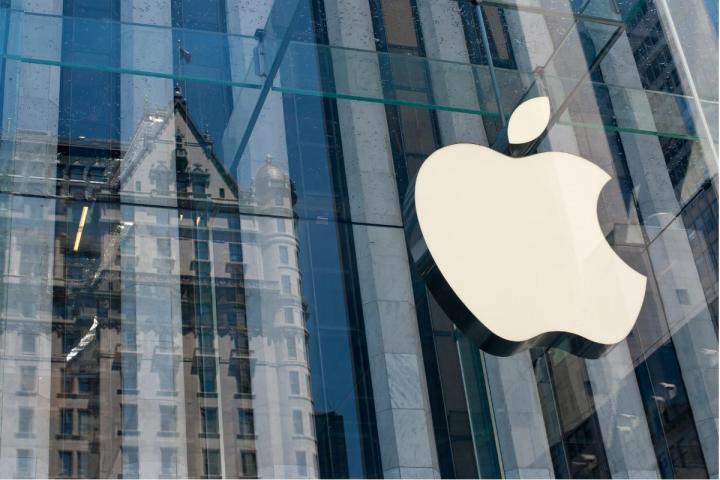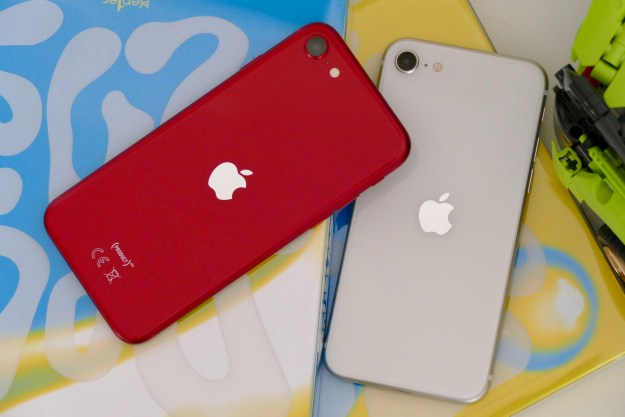
It’s obvious that Apple expects demand for the larger screen phones to be much higher than the previous two models. Last year, Apple ordered approximately 25 percent fewer iPhones than this order, somewhere in between 50 million and 60 million of the iPhone 5S and 5C models. However, both of those iPhone models still offered the same 4-inch screen size and Apple lost market share to companies like Samsung that offer larger screens on Android models.
Anyone that upgraded to the iPhone 5 during September 2012 should be due for an upgrade at the same time as the release of the iPhone 6. Anyone that upgraded to the iPhone 5S last year will likely have to wait a full year for a new upgrade or pay an additional fee to upgrade to the iPhone 6. The latest rumor on the release date of the next iPhone comes from an advertisement in China, basically indicating that the launch of the next iPhone will occur on September 19, 2014.

Interestingly, Apple is also figuring failure rate into the orders of the components. Apple has asked component makers to order enough parts for approximately 120 million new phones and is assuming a significant failure rate in order to get up to 70 to 80 million working smartphones. Regarding the overseas manufacturers, Foxconn and Pegatron will be making the 4.7-inch iPhone 6 while a company called Hon Hai will be creating the 5.5-inch iPhone 6. All three companies are increasing staffing significantly as Apple wants to stock up on the iPhone 6 supply before the start of the Lunar New Year, a holiday for Chinese workers.
According to analysts, Apple may run into complications during the manufacturing process of the 5.5-inch iPhone. The process in creating the screen is more complex as Hon Hai will be integrating the touch sensors directly into the LCD rather than creating an additional layer with touch sensors. This development process is called in-cell technology manufacturing. In addition, the 5.5-inch displays require a sapphire crystal cover on the top of the LCD. This product is more expensive than glass, but should be more durable for the consumer.
Other rumored upgrades to the new iPhone 6 include a new camera with optical image stabilization, an additional model with 128GB storage, a slim body style with metal chassis, larger capacity batteries due to help power the larger screens, faster RAM and the introduction of HD Voice support. It’s likely that Apple will hold an iPhone 6 launch event during the first or second week of September to announce the launch of the next iPhone.
Editors' Recommendations
- This one Apple Fitness feature completely changed how I exercise
- Nomad’s new iPhone case and Apple Watch band may be its coolest yet
- Best iPhone deals: Save on iPhone 15, iPhone 15 Pro Max and more
- How to find your lost phone (tips for iPhone and Android)
- iPhone 16: news, rumored price, release date, and more


